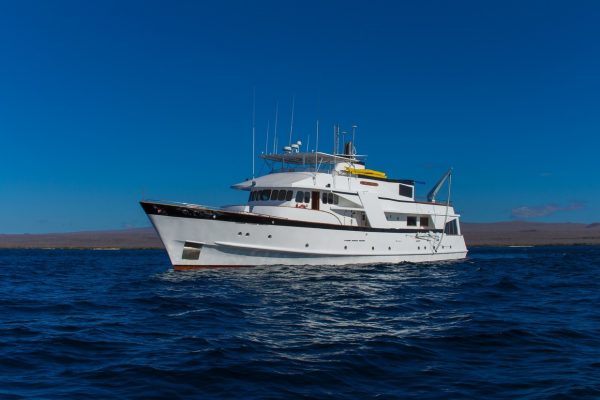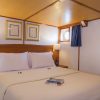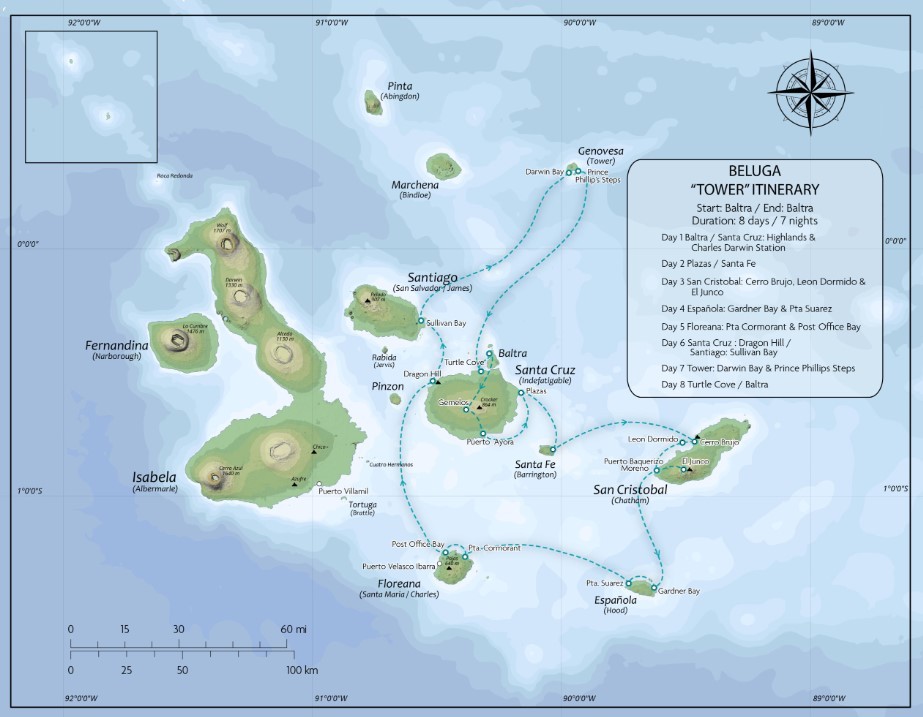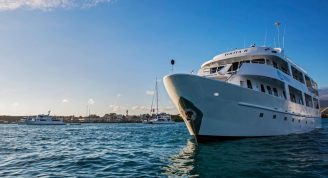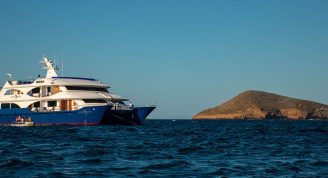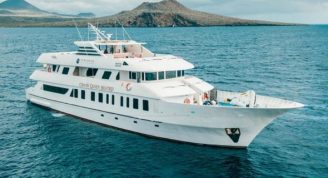Description
This Beluga Galapagos trip itinerary focuses on the Central, Southern and Northern Islands, including visits to Tower and Hood Island, two highlights of the Galapagos Islands.
Trip Name
Beluga “Tower” Galapagos Islands Cruise
Days
8
Overview
Vessel Type: Motor Yacht
Length: 35 metres
Passenger Capacity: 16
Built/Refurbished: 1968 / 2016
Embark upon this very spacious and comfortable Superior First Class motor yacht. With panoramic windows in the salon and great deck space, Beluga is a fantastic way to cruise the islands in speed and style.Equipped with the most modern safety systems, Beluga accommodates 16 passengers in 8 double cabins. Each cabin has their own private bathroom equipped with hot & cold water showers. Beluga is fully air conditioned, has spacious social areas with all the comforts and facilities of a superior first class motor yacht; panoramic windows in the salon/dining area.Enjoy your time on board in the spacious sundeck or relax in the shade of the top deck while cruising between the islands.


